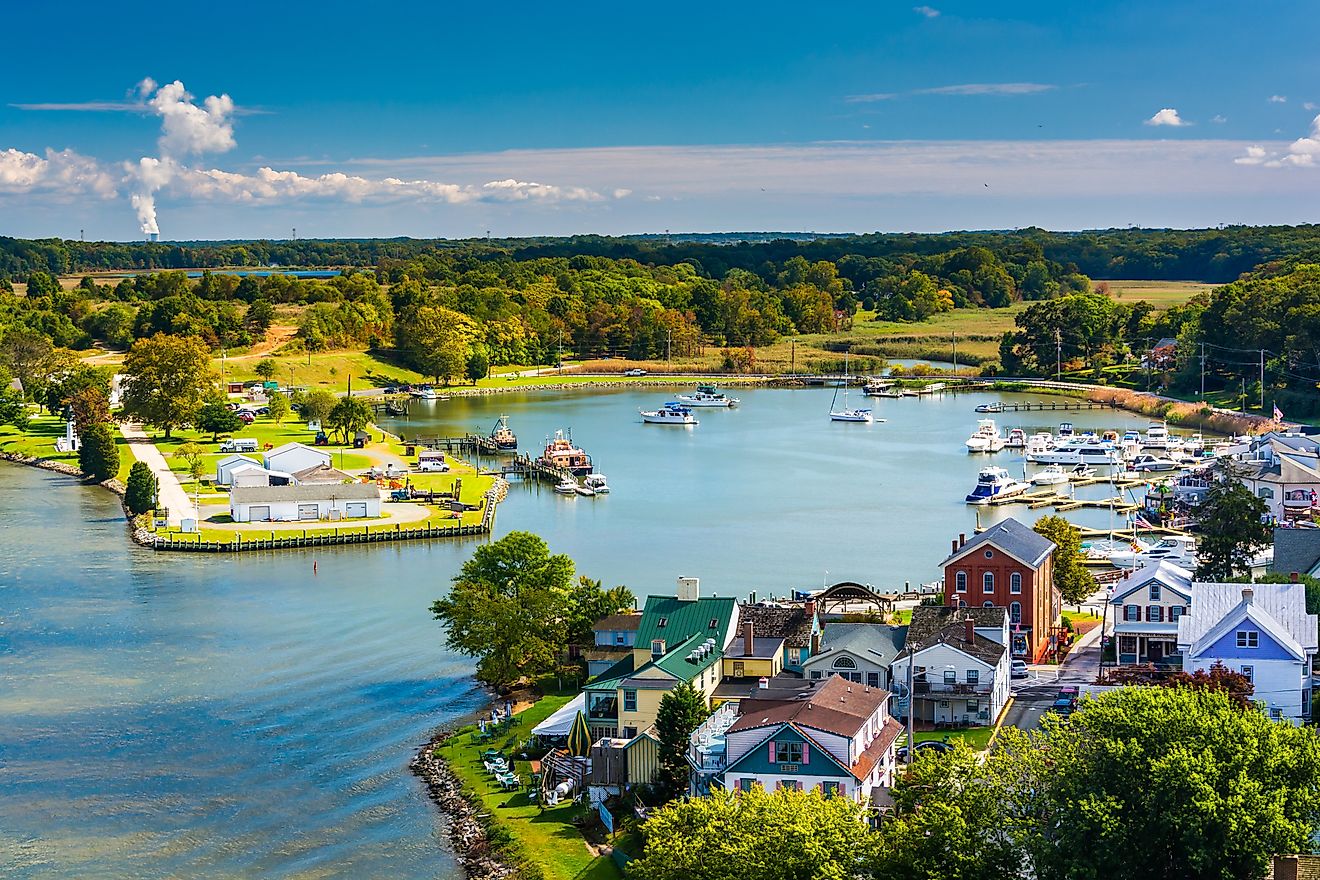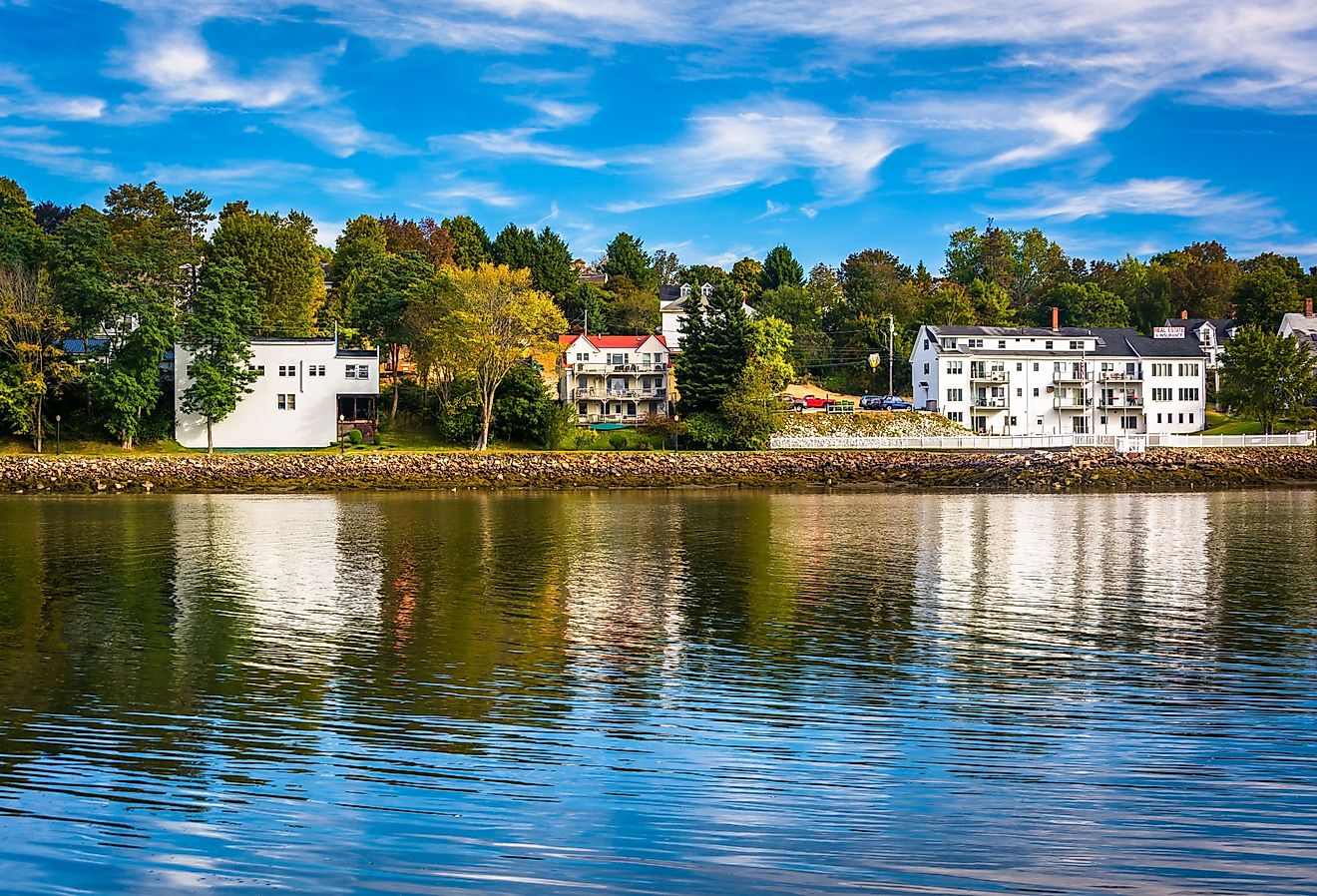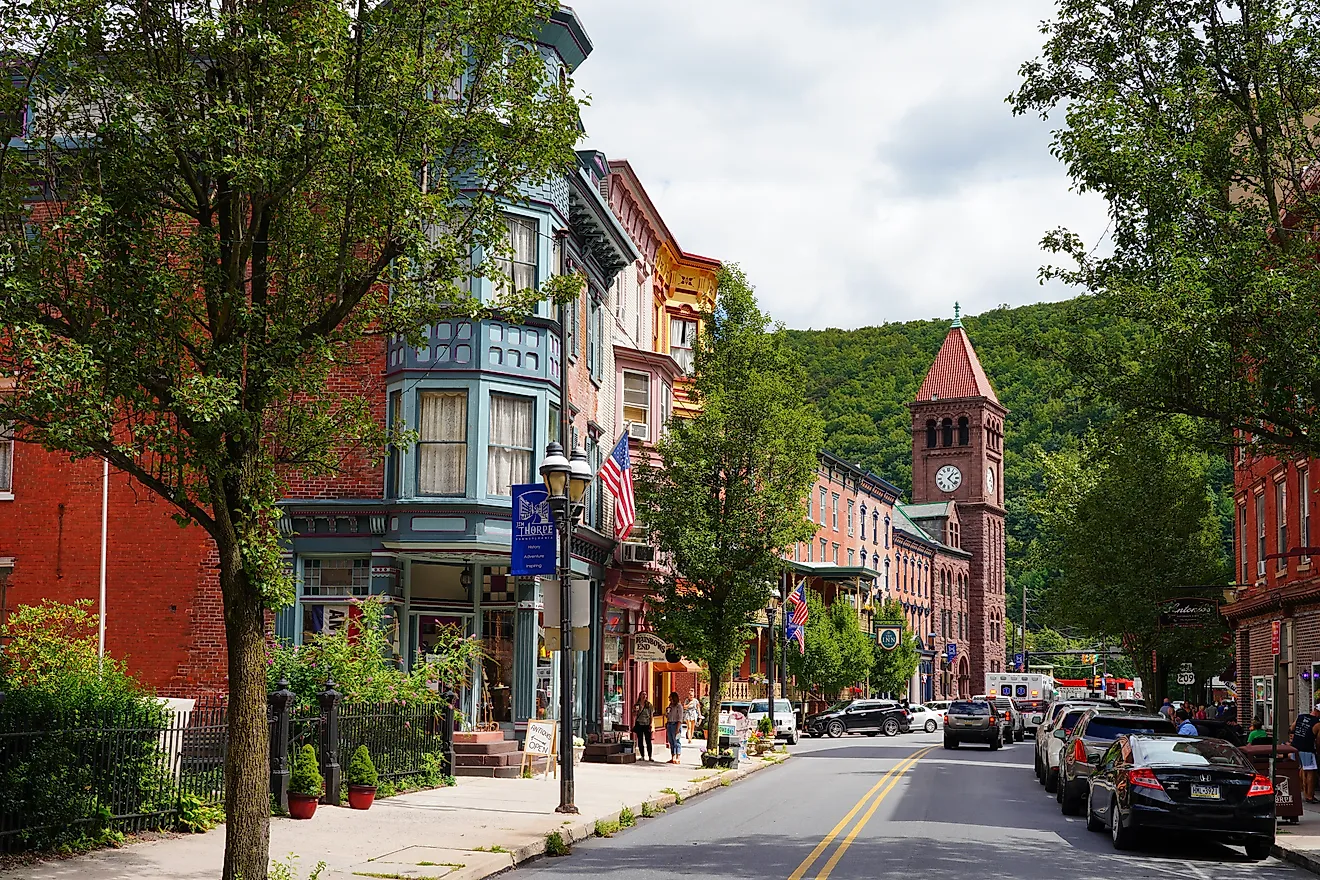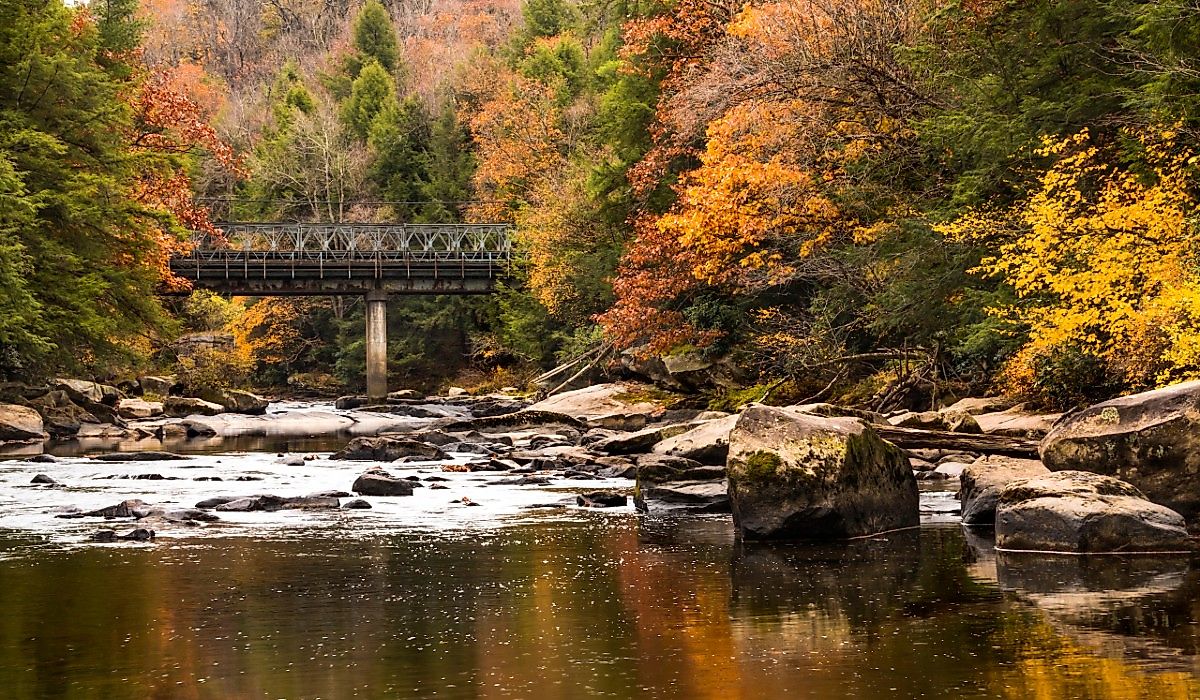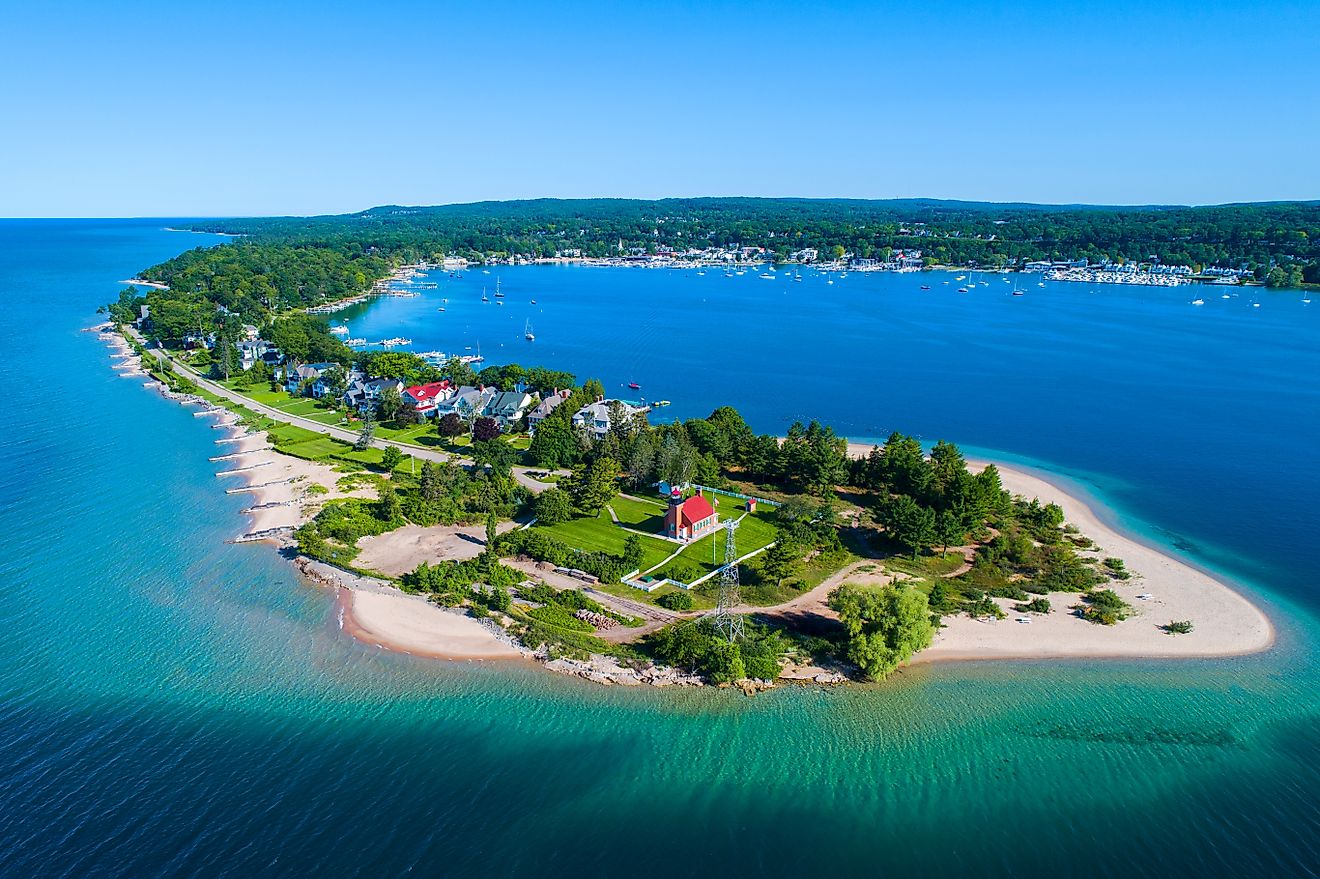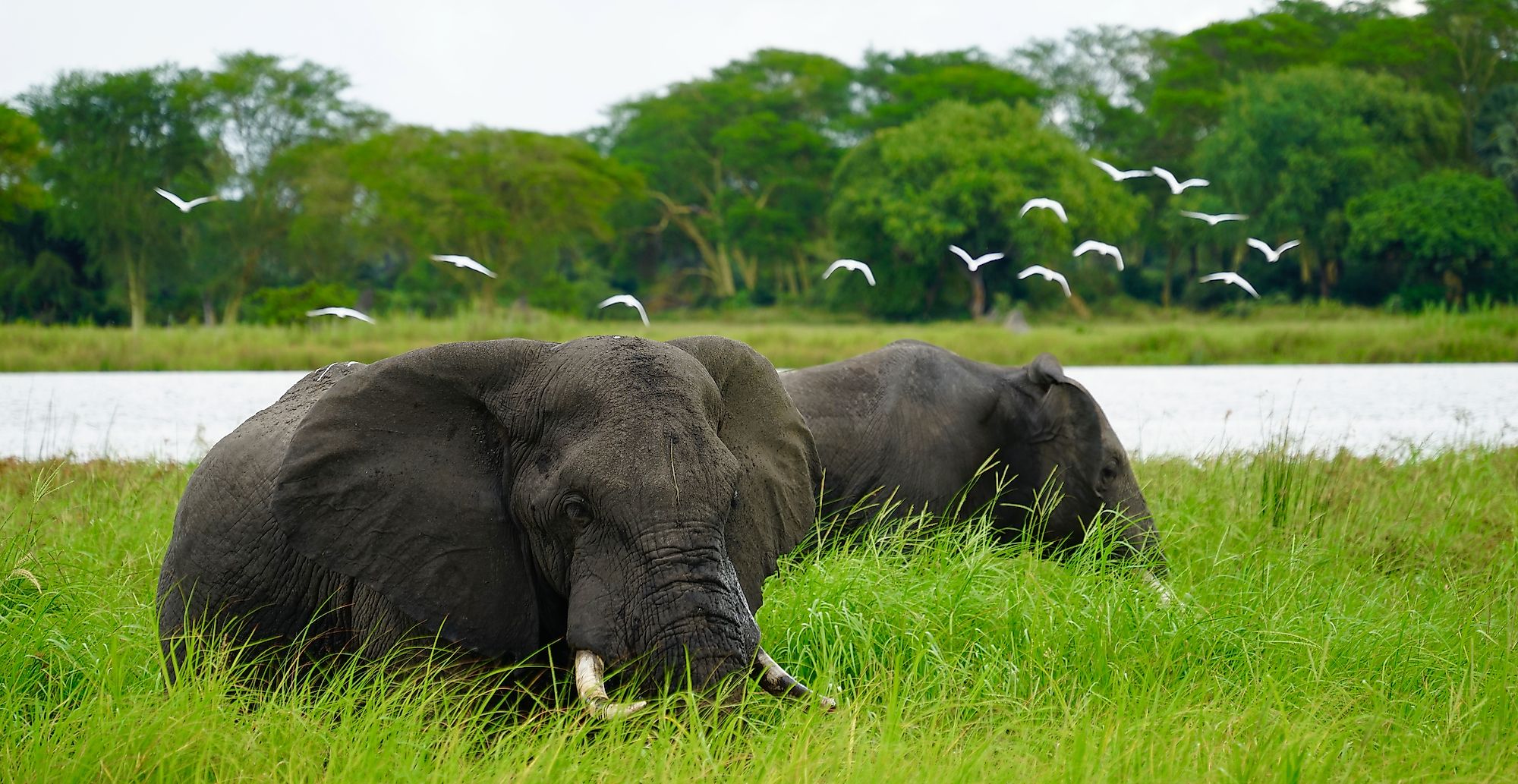
Lake Malawi National Park
Lake Malawi National Park is located in the country of Malawi in southeast Africa. The park encompasses the southern part of Lake Malawi, its shores and beaches, and Cape Maclear peninsula. It measures 95 km2. The park itself does not include the entire Lake Malawi, but only a small portion at the southern end. Less than one percent of the lake is actually part of the National Park.
The UNESCO world heritage designation helps to protect the most important aquatic portion of the lake, including both the wildlife and plants in that region. The committee has proposed an expansion of the park, however, as such a limited amount of the lake is currently under protection. Ensuring the biodiversity and the rich natural habitats of Lake Malawi are protected will ensure the healthy continuation of many species and natural phenomena in the area.
Lake Malawi
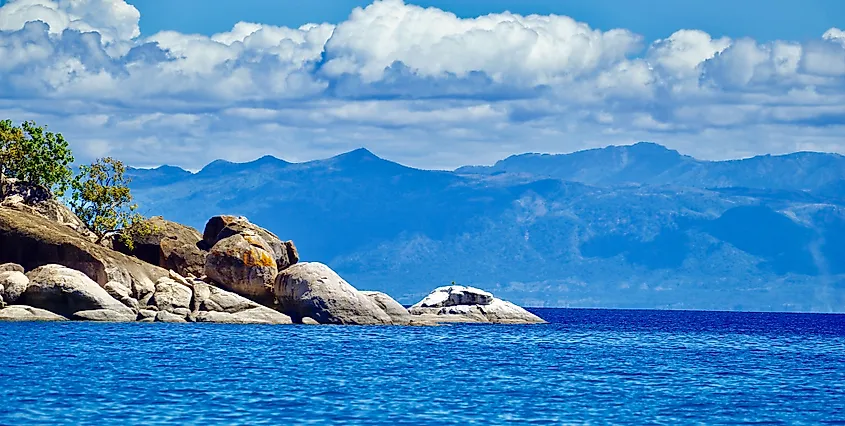
Lake Malawi is one of the deeper lakes in the world recording a maximum depth at 700 meters, or 2,300 feet. Its depth is due to its location within the western portion of the Great Rift Valley, a large continental rift which runs across much of eastern Africa. Nankumba peninsula shows the other side of this rift phenomenon, as it is a mountainous rocky point which juts out into the lake. The peninsula is steep and rocky, with multiple hills and peaks. The highest of these peaks is Nkhunguni, which reaches a height of 1,143 meters, or 3,750 feet. Other hills in the area include the Mwenya Hills and Nkhudzi Hills. Among these cliffs and hills, forests thrive, composed primarily of evergreens and cedar trees.
The lake also has thirteen different islands, known as Otter, Domwe, Thumbi West, Mumbo, Zimbawe, Thumbi East, Mpanda, Boadzulu, Chinyankhwazi Rock, Chinyamwezi Rock, Nankoma, Maleri, and Nakantenga.
Wildlife In The National Park
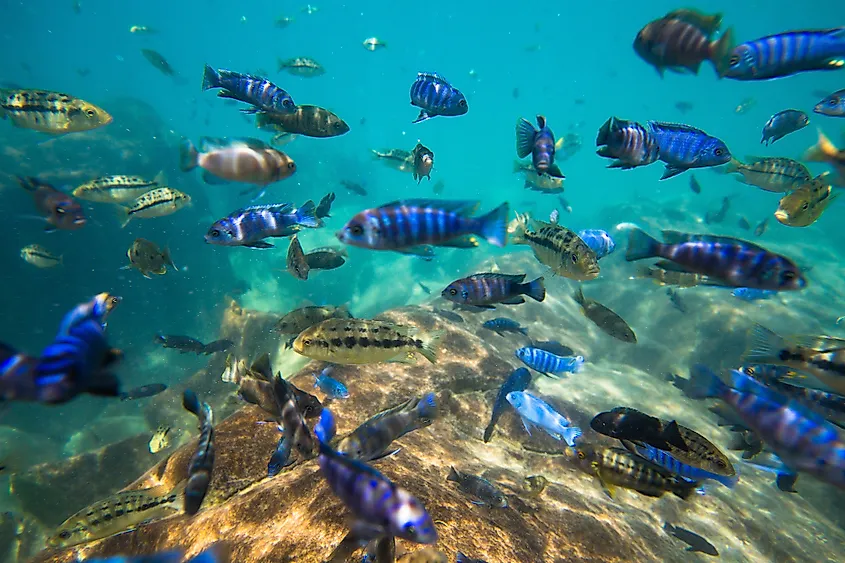
Lake Malawi is a biodiverse body of water, specifically in terms of the number of fish species which live in its waters. Hundreds of different cichlid fish live within Lake Malawi, many of which are endemic to the lake. Cichlids, also known locally as mbuna, are a family of fish that include a vast array of species. Some, such as angel fish, are popular aquarium fish, while others, like tilapia are an important food source. This fish family is important not only for fishing and food, but scientifically for the study of evolution, as these particular types of fish are an example of rapid evolution and vast adaptation. It is thought that some 700 different species of cichlids live within Lake Malawi, almost all of which are endemic to very specific regions of the park, such as a given inlet or bay.
Several fishing villages reside within the park, and fishing is very common in these waters. For this reason, the park was created mainly to protect the body of water, and only secondarily for the surrounding mainland. For practical and scientific reasons, protecting the habitat and populations of these cichlids remains paramount.
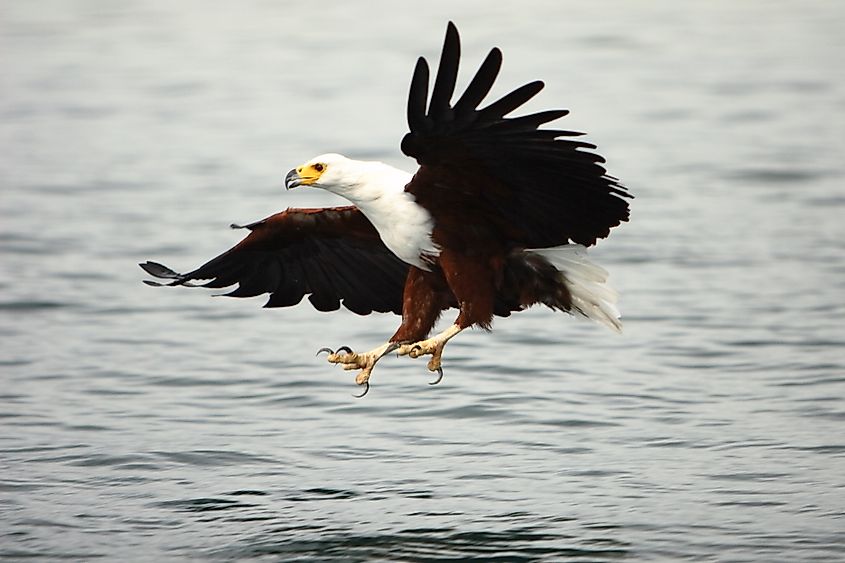
While the park’s focus is on fish and aquatic life, several species live in and around the lake. The fish share the water with hippopotamuses, which feed on the wide variety of aquatic plants which grow in the lake, especially along the lake floor. Crocodiles are also common in these waters, but they target larger prey such as the many hoofed herbivores that drink along the shoreline.Several species of birds also live in the park, including many that feast on the fish of the lake. They include species such as African fish eagles, kingfishers, white-breasted cormorants, hornbills, kestrels, nightjars and swallow-tailed bee-eaters. Common mammals include the hooved deer-like duikers, bushbucks, kudus, and klipspringers, as well as chacma baboons and vervet monkeys.
